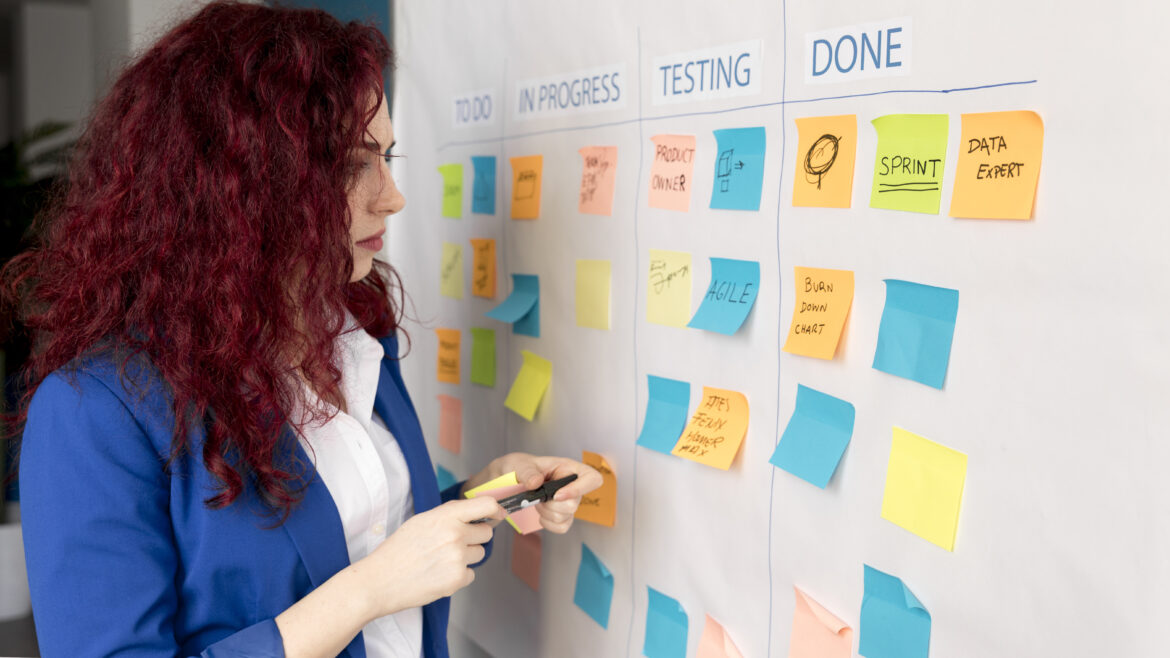At Hodfords, we have adopted the Agile-Scrum methodology for software development. This approach has been key in delivering the highest quality software to our clients.
Though Agile and Scrum are often used simultaneously in software development, they are very distinct in their function and offer differences that complement the methodology. Agile works on a sprint-based approach, where collaboration between teams is necessary. The Scrum approach is much more taught and invites cross-functional teams. Through the union of both these approaches, the inherent benefits of each can be enjoyed.
Agile
There are four very distinct values gained from Agile:
- Close interactions among individuals over processes and tools
- Comprehensive documentation of the software development process
- Customer collaboration rather than contract negotiation
- Flexible to integrate change over following a rigid plan
The breakdown of stages and the frequent collaboration between stakeholders and team members, has been the reason this model is so popular. Being about people and collaborating far outweighs the rigidity that development processes can have.
Scrum
Scrum involves meetings, roles and other management tools that enable collaboration.
- A Product Owner orders the work for a complex problem into a Product Backlog.
- The Scrum Team turns a selection of the work into an Increment of value during a Sprint.
- The Scrum Team and its stakeholders inspect the results and adjust for the next Sprint.
- Repeat
The scrum approach is adopted by many companies operating across many industries, as it brings products from planning to release in a notably more efficient manner, compared to other forms of product development approaches. The idea of continuous improvement is embedded in this process and means product quality is assured. The acknowledgement that not all factors are known and considered at the start of the project means the structure is set up to help teams to adapt naturally.
The Partnering of Agile and Scrum
As Agile works in stages and is about the collaboration between people, and scrum focus on ensuring adaptability is inherent in the design process, new iterations of a product are bought out in a shorter period as goals are set with transparency and openness to ensure they are achievable. This has made this methodology heralded as one of the best approaches to producing the highest business value in a short period.
Conventional project management systems operate with little engagement from stakeholders. This is the opposite of Agile Scrum, where stakeholders are frequently sharing their views and ideas of the current product iteration, which allows for greater adaptability.
This leads to lower costs. Making fundamental changes to the product design after it has been shared with stakeholders can be extremely costly as time and resources have been directed into the development, only further changes to be required. This continuous improvement of the product, through new iterations, means that the product is always satisfying stakeholders, or can be adapted in the next iteration. This means by the launch phase; stakeholders are happy with the end result.

